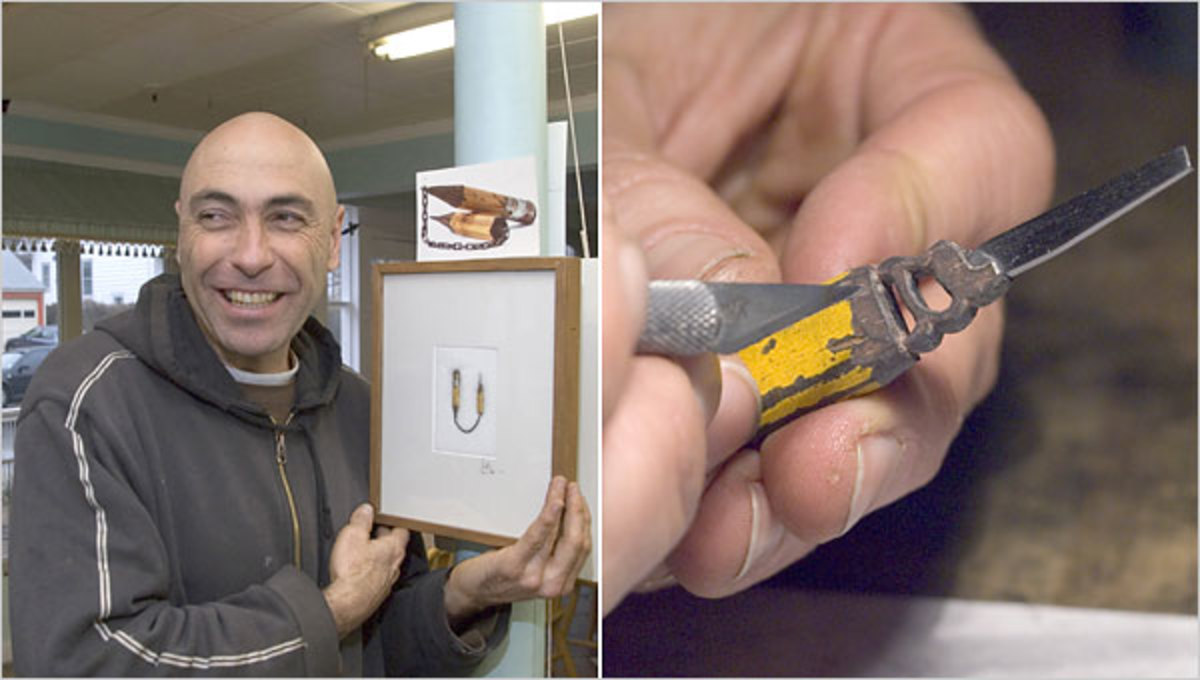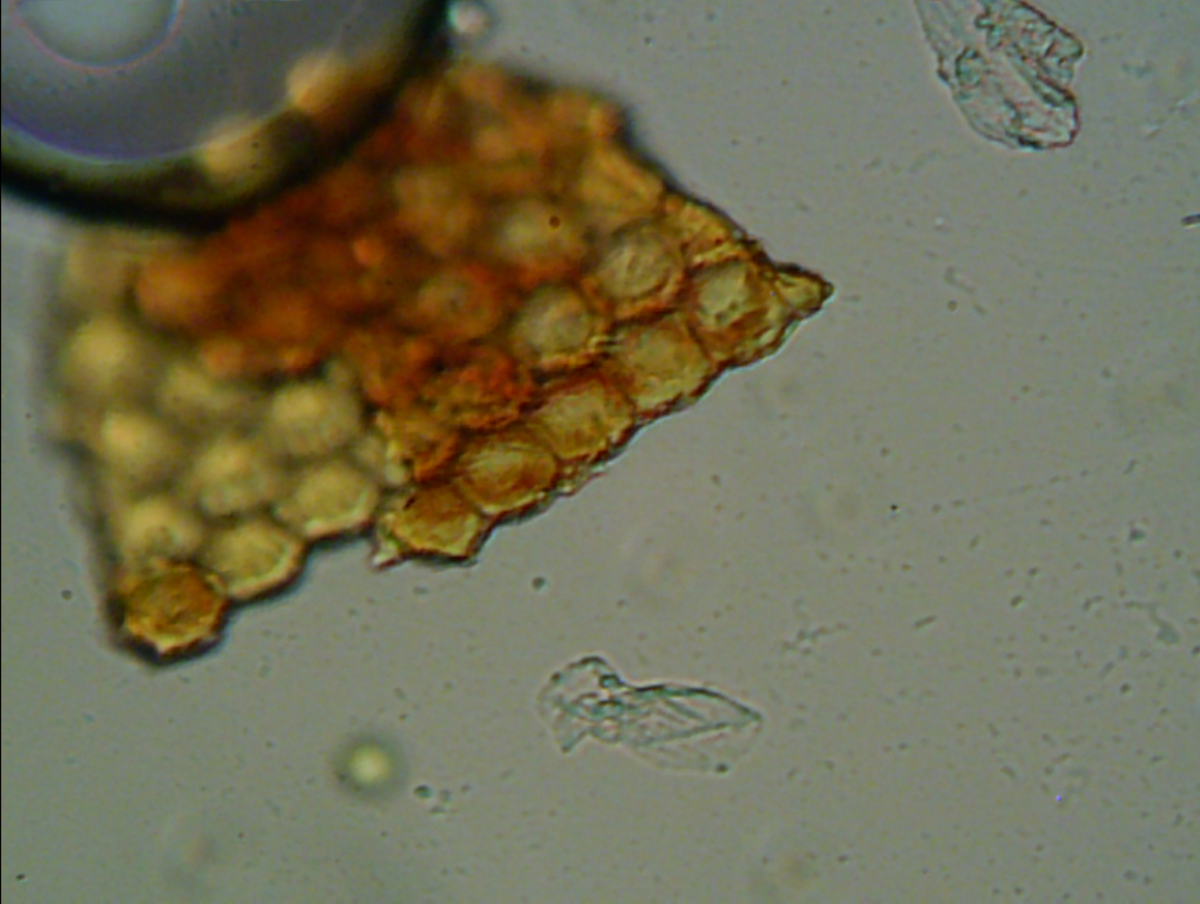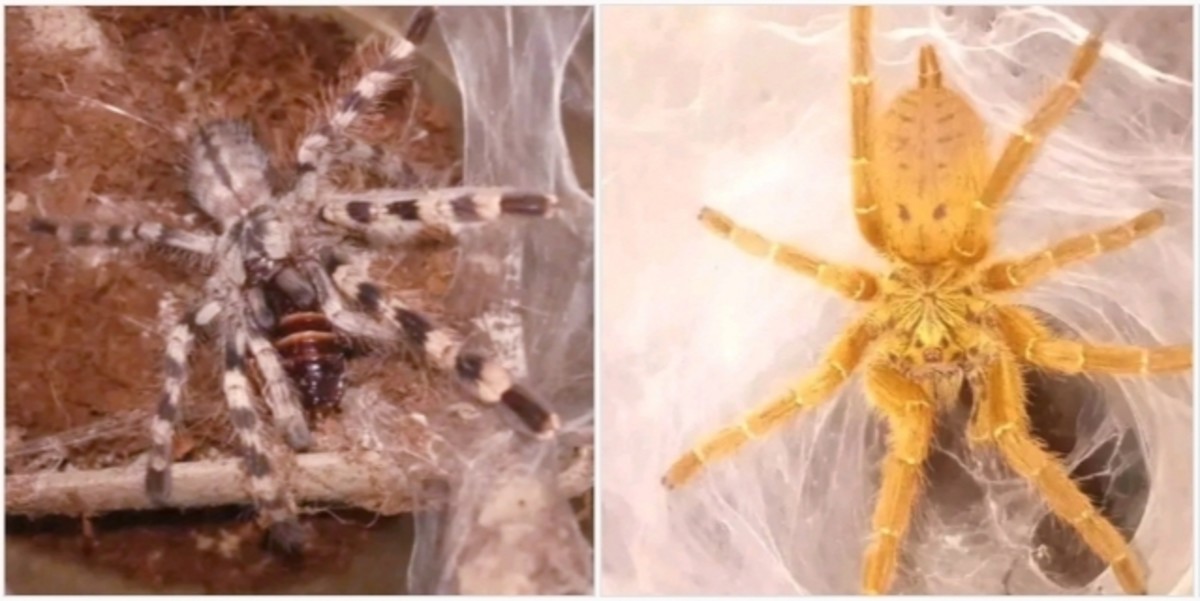Guide To Micro-organisms
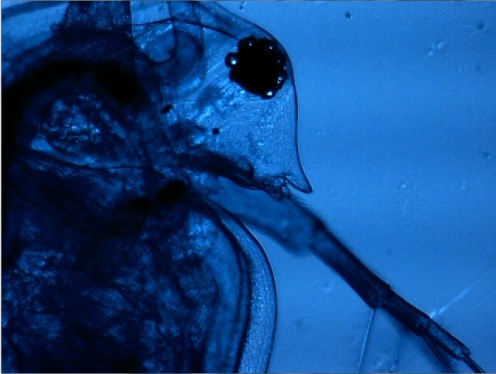
I've always been inquisitive when it came to science. As a child I often read through books on astronomy, scientific theory, chemistry, even old text book. Also as I child I always wanted to own a microscope but during the 1980s or 1990s the retail price of such items was much more than my lower class family would have been able to afford and well beyond anything I could afford on my own. But a few years ago I stumbled upon microscopes being sold on Ebay.
I was very familar with how the prices of most things sold on Ebay is much better than retail and I searched for more microscopes and found many. I went online and researched very thoroughly to find out everything I could about microscopes and armed with that knowledge retruned to Ebay and made a purchase. I bought a high powered microscope from a manufacturer for the devices in India. the one I bought for $700 most likely would have cost me more than $3000 at retail price.
Once my microscope arrived I wanted to use it but due to winter the only things available to view was my own blood which I got quite tired of viewing after a few slides. Once again going online I found a company that sold live specimens of micro-organisms. After buying a variety I spent a couple weeks filming them under my microscope. During this period I became completely absorbed in researching my micro-organisms, below basically is a conglomeration of what I observed and learned.
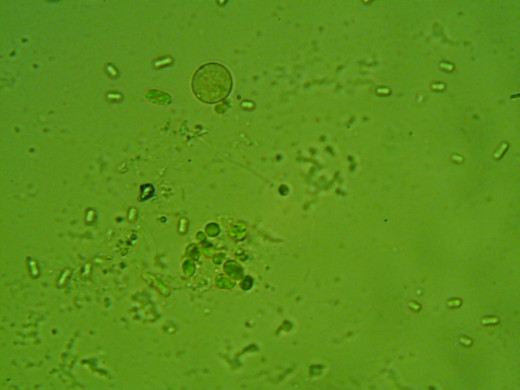
Amoeba
When I began to film a lot of specimens under my microscope at once I didn't realize that I was seeing an amoeba. But with many of my videos I sped some of them up and realized some of the blotches moving slowly across the slide were in fact amoeba's. The reason I didn't see them before that point was that they moved very slowing. When sped up they appeared to be moving at normal pace and could be easily identified.
Amoeba's seemed so strange to me compared with other micro-organisms. They didn't seem to have a definable outer surface of shell, they just appeared as irregular blobs of organelles and cellar pieces. Some others I identified were rounded with spines.
Rotifer
With the Rotifer I realized that tiny creatures could be the same size as a creature that only had one cell. I identified a few different types under my microscope but one type in particular I found most interesting. It appeared as though half crab, half insect I often filmed them eating nutrients that rested in small piles on my slide. It looked to have a exoskeleton and seemed to often get stuck on my microscope slide.
I also identified others that were Rotifers but they moved more like slugs and were less defined.
Paramecium
The paramecium was very difficult to follow it would pass by the lense and I was left chasing it all over the slide. They were larger oblong shapes with to me appeared to be blinking eyes, I read later that these were called vacuole which is kind of like a valve that pumps excess water out of the cell. I also saw vibrating hairs around the outside of the organism these I knew from previous knowledge were called cilia.
I did manage to film them primarily the best practice I found was focusing my scope on bunches of nutrients on the slide and waiting for them to come and eat. The other way was waiting for them to slow down which seemed to happen after I had them on the slide for awhile, possibly as they got closer to death.
Euglena
As I understood from reading there were many different types of Euglena most of what I was seeing were either oblong smaller ones or rounded ones with a beetle type shape. The Euglena I observed also appeared to have one long hair pertruding from the edge of it's body. One in particular appeared to be swinging it in a lasso fashion.
These I would see often on my slides I got the idea that they were more adaptable than the other types I observed or that there were many in my samples not sure which.
Stentor
The Stentor was an incredible surprise to me when I can across it I had no idea I would see something so large under my scope. I was simply observing a few small micro-organisms when this huge shadow rushed past my viewing area filling the whole view and then it was gone. I instantly felt much like Captain Ahab in Moby Dick having seen the mammoth whale of the microscopic world. I immediately panned all over my slide and kept catching glimpses of it. I hade to lower my power and zoom out to finally get the whole thing into my view. Eventually it began to slow down and I got some filming done on it.
Some Stentor I learned has cone shaped bodies and a large opeing like a mouth the feed with large cilia around it. The one I found was thicker but still had the mouth and cilia it was an incredible sight.
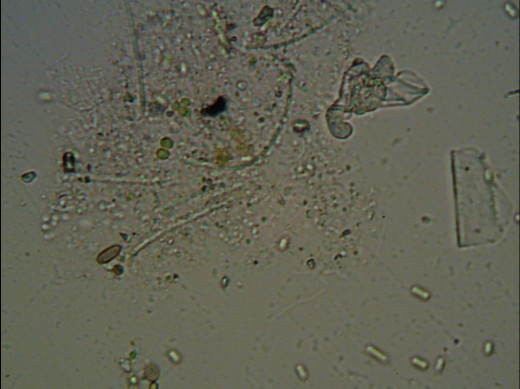
Daphnia
These creatures like the rotifer were not single celled but very small. I did notice in the sample that you could see them with the naked eye, they were pretty small but there. These specimens were very complex. They had eyes, large arm like antenna, egg sacks which you could see through the body(and occasionally they moved which was a little shocking), and also a beating heart that could be seen.
The were easy to film as they would stay in one spot and move about there. I had a hard time with these as I felt a little pity sandwiching them between two pieces of glass just to film them. I often would try to dump them from the slide back into the jar with the other live ones. Eventually though as I had so many and little time to view them they all died. If I do collect more I think I will stick with specimens I collect outside my home that way I will release them. But much like any of the other specimens it became clear to me that their existence was very finite, their mortality rate very high.
I did film quite a few others but this defines the more common. Think of it as a micro-organism guide for dummies.


